School and University Cleaning
Introduction:
School and university cleaning is the systematic process of maintaining cleanliness and hygiene in educational facilities. It encompasses a range of tasks aimed at creating safe, healthy, and conducive learning environments for students and staff.
Definition:
School and university cleaning involves the regular cleaning and maintenance of classrooms, corridors, restrooms, libraries, laboratories, and other areas within educational institutions. It includes tasks such as dusting, mopping, vacuuming, disinfecting, and waste removal.
Key Features or Components:
- Scheduled cleaning routines
- Use of eco-friendly cleaning products
- Attention to high-traffic areas
- Sanitization of surfaces and objects
Importance in Cleaning Service:
The cleanliness of school and university facilities is paramount for promoting student health, academic success, and overall well-being. A clean and hygienic environment reduces the risk of illness and contributes to a positive learning atmosphere.
Inspection Criteria:
Inspectors evaluate the cleanliness and hygiene of various areas within schools and universities, including floors, walls, furniture, restrooms, and common areas. They assess compliance with cleaning standards, sanitation protocols, and safety regulations.
Common Issues and Failures:
Common challenges in school and university cleaning include inadequate cleaning procedures, insufficient staffing, budget constraints, and difficulty in maintaining cleanliness in high-traffic areas. Failure to address these issues can lead to hygiene-related problems and negative perceptions of the institution.
Maintenance and Repairs:
Regular maintenance of cleaning equipment, such as vacuum cleaners, mops, and disinfectant sprayers, is essential for ensuring effective cleaning outcomes. Repairs may be necessary for damaged facilities or equipment to maintain a safe and hygienic environment.
Regulations and Standards:
Regulations and standards for school and university cleaning vary by jurisdiction but often include guidelines for sanitation, waste management, indoor air quality, and the use of environmentally friendly cleaning products.
